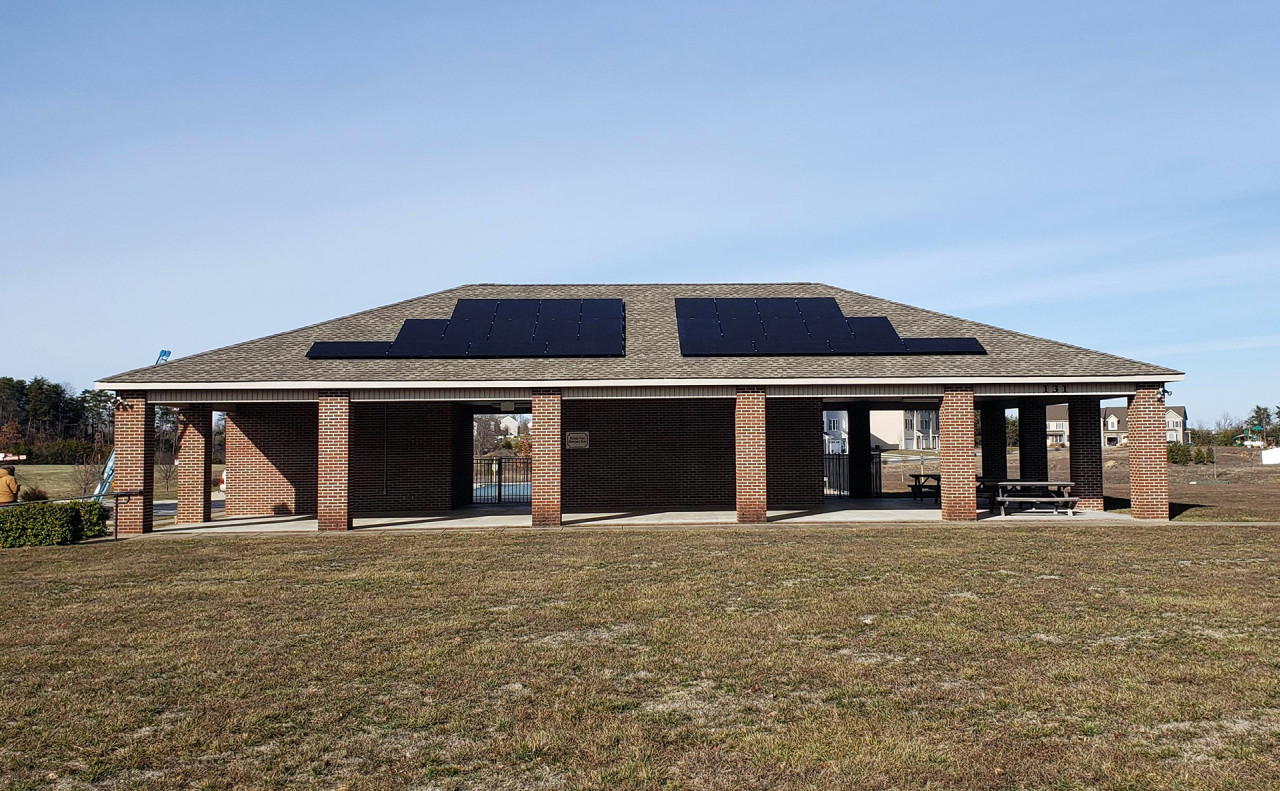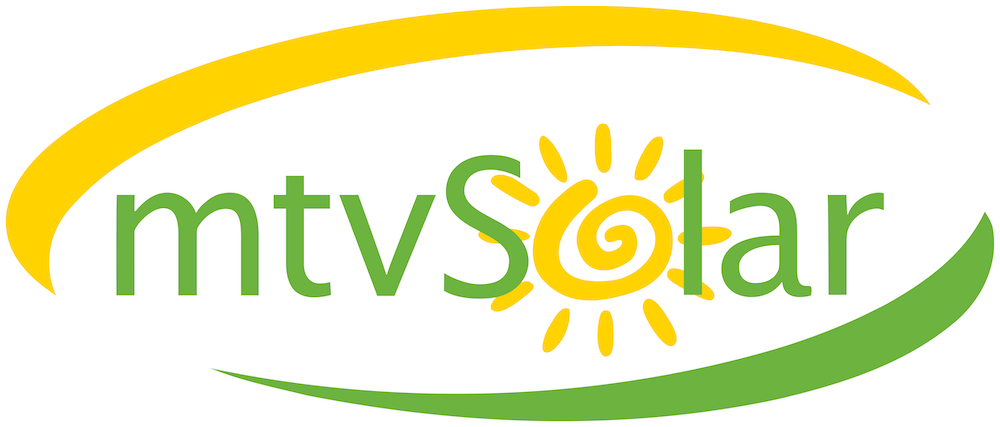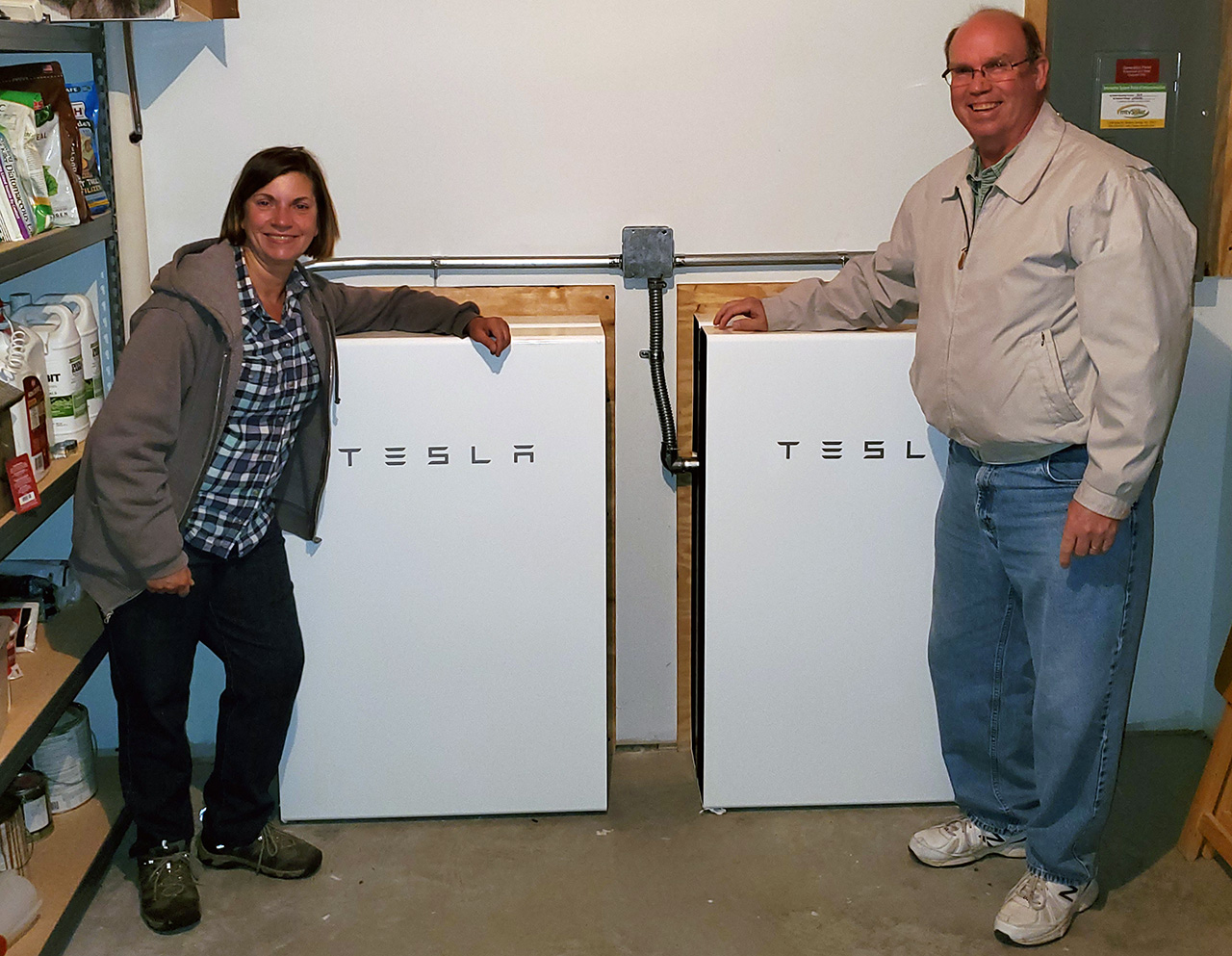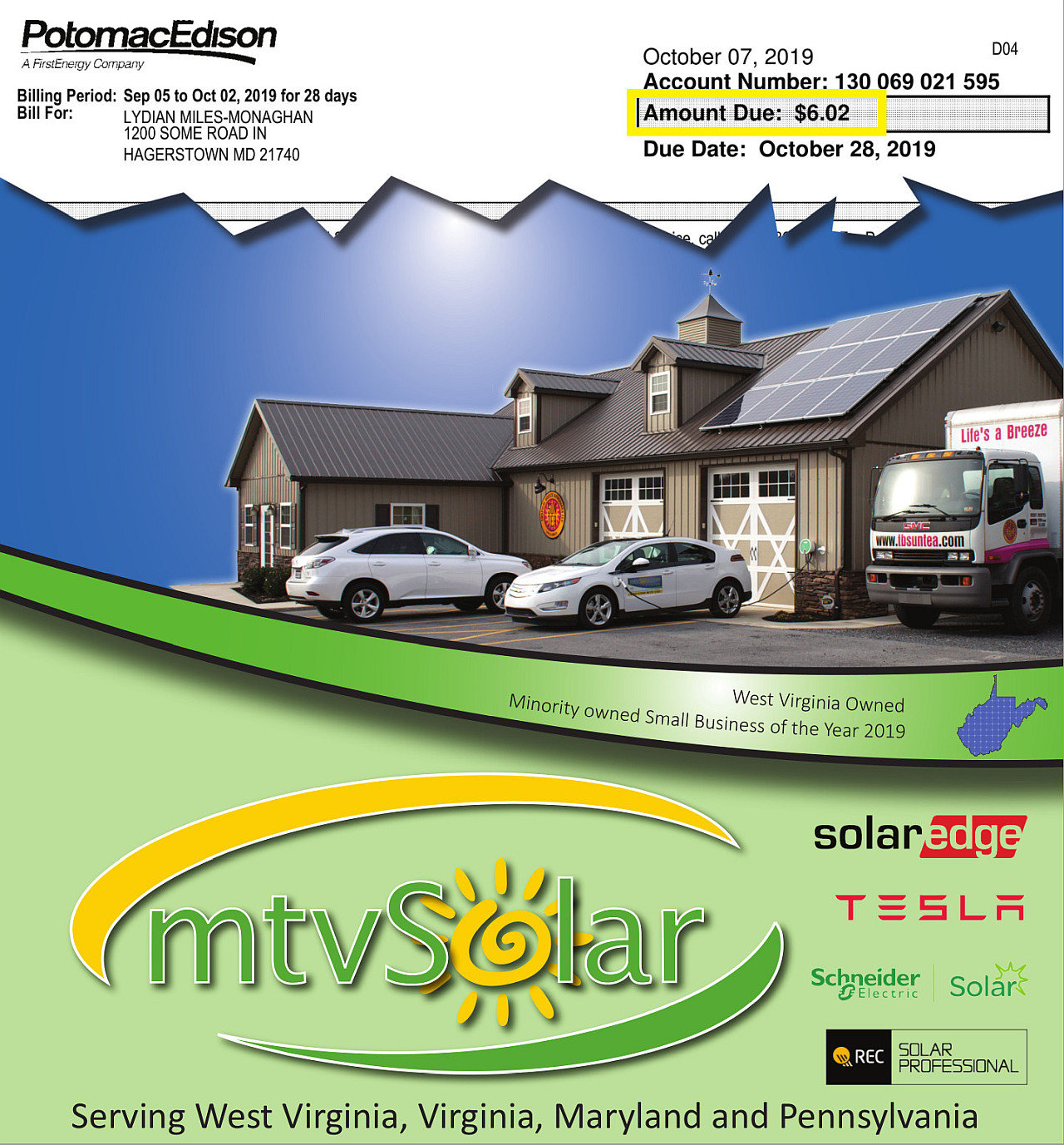 With the advances in battery technology putting them in the news frequently, some people have gotten the impression that a battery system is a required part of a solar energy solution. This is not the case at all. In fact, solar power systems without a battery are the most common type. This may leave you wondering if you will have power at night, or whether you can take advantage of the extra power that your solar panels generate.
With the advances in battery technology putting them in the news frequently, some people have gotten the impression that a battery system is a required part of a solar energy solution. This is not the case at all. In fact, solar power systems without a battery are the most common type. This may leave you wondering if you will have power at night, or whether you can take advantage of the extra power that your solar panels generate.
In this post, we’ll take a look at how the different systems store the power that you generate so that it doesn’t go to waste. After a brief introduction to how the solar storage options work, we’ll take a deeper look at the non-battery option to answer any questions you may have about running a solar power system without one.
How Excess Solar Energy is Stored
There are two ways that you can store the excess energy that your panels generate so that you can use it later. The battery enabled solution is the first and most obvious. The second option is tying into the grid, known as “grid-tied”. In this case you aren’t storing the power yourself, you are being credited for it by the utility company. Let’s take a look at the two solutions.
 How Battery Backup Solar Energy Systems Work
How Battery Backup Solar Energy Systems Work
Solar energy systems with a battery installed operate similarly to the way your laptop does. If your laptop is plugged in when you are using it, then it can draw power from the outlet. Since you do not use all of the power that comes from the wall, any excess power goes into your laptop’s battery. This way, when you are disconnected from the wall outlet, your laptop still has power.
A solar battery is the same way. Like your laptop battery, it is a chemical storage device. It stores excess power generated by your solar panels and should you have a power outage and become disconnected from the power grid, your solar battery will kick in and allow you to continue powering your home.
How Grid-Tie Solar Energy Systems Work
Tying your solar array into the grid works in a similar fashion. In this setup, the power coming from your solar panels will power your house. If there is not enough solar energy coming in, you will fall back to using power from the grid. So far, this is exactly the same as a battery-powered setup. The difference here is that if you produce more electricity than you need, that power is pumped into the grid instead of a battery in your home.
With this type of system, you are not using excess power to charge a battery, but rather you are sending the power company that extra power and they actually credit you for that excess power through a process called net metering.
About Net Metering
The concept of net metering may be a little more confusing than the concept of using a battery to store excess power. You may be wondering how the credits are counted, how they are used, or what rules and regulations may apply to net metering. In this section, we’ll take a look at net metering in more detail and answer those questions for you.
How It Works
The average homeowner uses more electricity in the morning and in the evening than they do in the afternoon. Solar panels generate more power in the afternoon than they do in the morning and in the evening. This creates a discrepancy in your power supply if you are using a solar power system. Thankfully, in areas where net metering is allowed, you can pump that extra electricity back into the electrical grid. The electric company then sells that electricity to someone else and gives you credit for it.
Most states allow for net metering, although the rules that they have in place differ. Some put a limit on the capacity that you can use for net metering. Other states don’t strictly have net metering, but rather some other form of compensation for excess power generated. This usually means that you will get credited with a smaller percentage of what you generate rather than being credited for the full amount. However, West Virginia, Virginia, Maryland and Pennsylvania offer full net metering, so that is not a concern if you are in the mtvSolar service area.
 How It Saves You Money
How It Saves You Money
So now that you have your credits, how do they work? A common misconception is that you will be paid money for the extra electricity that you generate. This is not the case, credits are always applied toward your electric bill. While it is possible that you’ll generate enough electricity that you can have an electric bill of nearly $0, it is not possible that you’ll have a negative electric bill. That is to say, you’ll never receive a check from the electric company for the power that you’ve given them. This is why mtvSolar will ensure that your system is not over-sized for your home’s consumption.
It’s pretty straightforward how your system can build up credits during the day and then use those credits at night so that you do not get billed for electricity that came from your solar array. The benefits of net metering really go beyond that though, when you have a larger solar power installation. The discrepancy between power generation and power usage doesn’t just happen on a day to day basis. You also generate more power in the summer than you do in the winter. By storing up the power generated in the summer in the form of credits, you can enjoy winter with significantly reduced power bills even though your solar panels aren’t putting out as much power.
Getting the right System
 A good solar installer will be able to tell you exactly how big your solar power installation needs to be in order to offset the usage of your household while still being able to put excess power into the grid. They’ll be able to give you an estimate of how your solar panels, and the net metering associated with them, will perform throughout the year.
A good solar installer will be able to tell you exactly how big your solar power installation needs to be in order to offset the usage of your household while still being able to put excess power into the grid. They’ll be able to give you an estimate of how your solar panels, and the net metering associated with them, will perform throughout the year.
Mountain View Solar has a team of such highly skilled consultants waiting to answer your questions and get you on the path to energy self-sufficiency. Whether you are looking for a grid-tied system for net metering possibilities or a battery-powered solution to provide you with more freedom from the grid, we can help. Please contact us today to schedule a zero-pressure consultation.


 How Battery Backup Solar Energy Systems Work
How Battery Backup Solar Energy Systems Work How It Saves You Money
How It Saves You Money